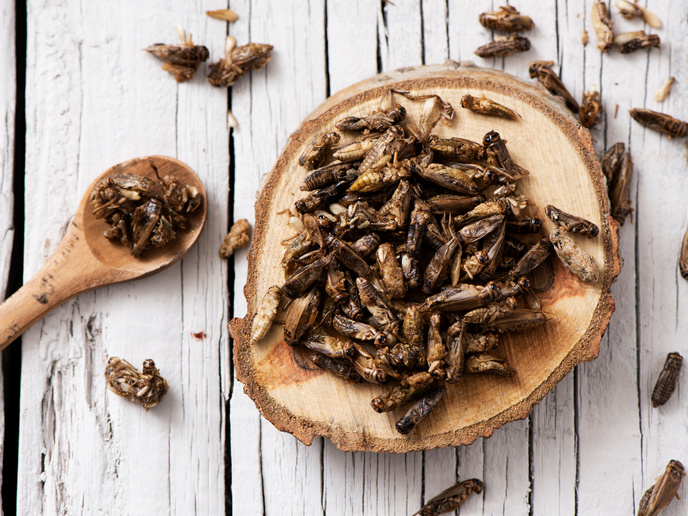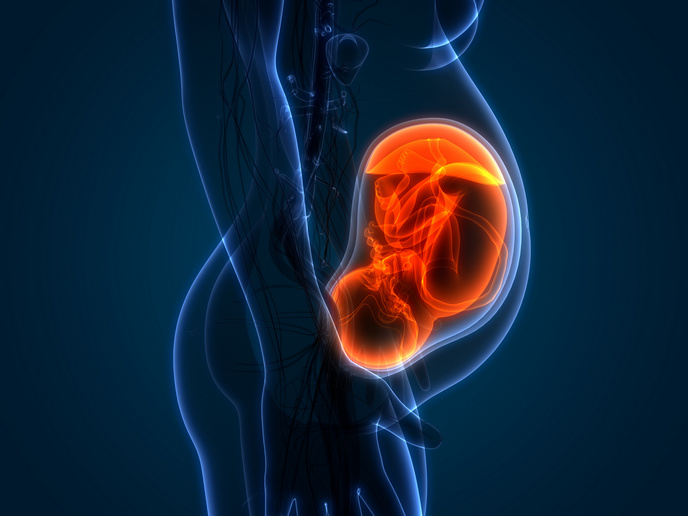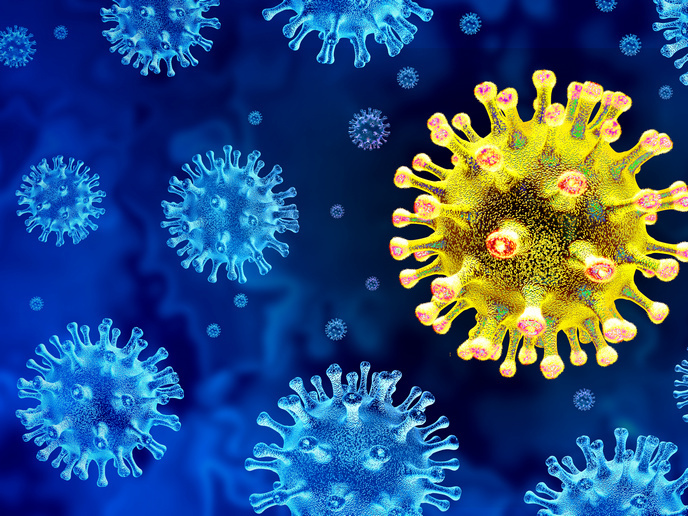Fighting tuberculosis in cattle
Mycobacterium bovis and M. avium subsp.paratuberculosis (MAP) infect certain immune cells in cattle. The resultant diseases are difficult to detect, and studies have shown that MAP may also be responsible for Crohn's disease in humans. The EU-funded 'Macrophage systems biology applied to disease control' (MACROSYS) project was established to investigate the genetic response in cattle to infection by mycobacteria. To achieve this, the project developed two new molecular methods for studying genetic interactions. The first is an in vitro macrophage (targeted immune cells) culture system. The second is a gene knockdown method that uses short interfering RNA molecules to suppress gene expression. These methods provided data about gene expression changes when cells are infected by mycobacteria. Researchers found nearly 150 common genes that were influenced by infection with M. bovis and MAP in macrophage cells. In addition, a genome-wide association study identified genes that may be linked to susceptibility to the diseases. One such gene, the ATP-binding cassette protein, has been associated with Crohn's disease in humans. MACROSYS improved knowledge about two economically damaging diseases, and researchers progressed towards a new diagnostic test. Furthermore, the project's development of new molecular tools will help in the fight against other diseases that affect macrophage cells.







